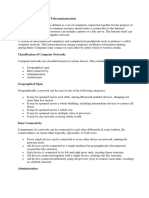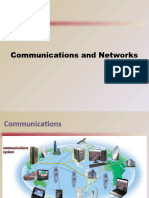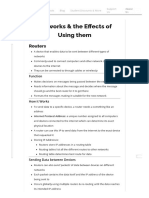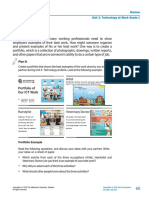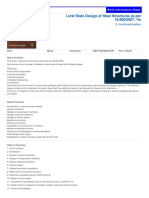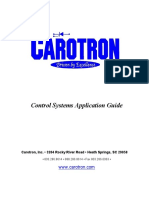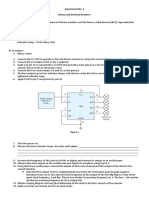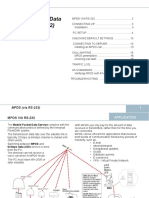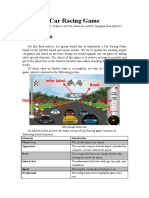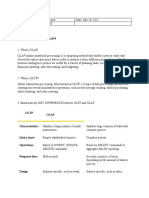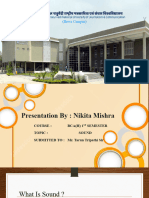0% found this document useful (0 votes)
13 views11 pagesNotes
This document provides an overview of computer networks, including definitions, types (LAN, MAN, WAN), and network devices such as routers and modems. It discusses communication media, topologies, internet services, and the advantages and disadvantages of networks and the internet. Additionally, it highlights network security methods and emerging trends like cloud computing and IoT.
Uploaded by
YONAHCopyright
© © All Rights Reserved
We take content rights seriously. If you suspect this is your content, claim it here.
Available Formats
Download as PDF, TXT or read online on Scribd
0% found this document useful (0 votes)
13 views11 pagesNotes
This document provides an overview of computer networks, including definitions, types (LAN, MAN, WAN), and network devices such as routers and modems. It discusses communication media, topologies, internet services, and the advantages and disadvantages of networks and the internet. Additionally, it highlights network security methods and emerging trends like cloud computing and IoT.
Uploaded by
YONAHCopyright
© © All Rights Reserved
We take content rights seriously. If you suspect this is your content, claim it here.
Available Formats
Download as PDF, TXT or read online on Scribd
/ 11















